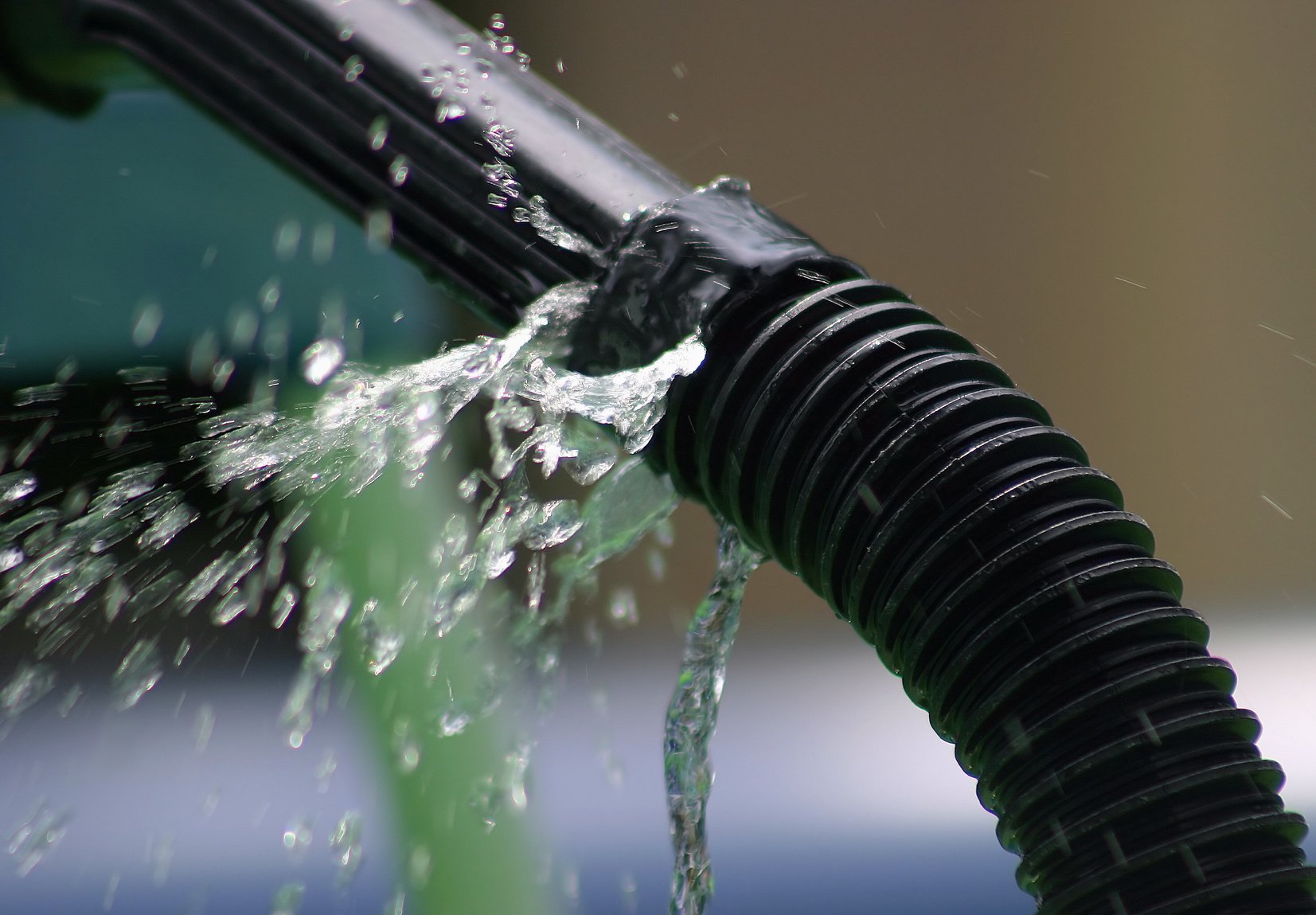Recognizing and Fixing the Six Most Common Water Leaks in Your Home
Recognizing and Fixing the Six Most Common Water Leaks in Your Home
Blog Article
We have discovered this article pertaining to Most Common Causes of Leaky Pipes below on the web and believe it made perfect sense to relate it with you on my blog.

Leakages not just create waste of water however can also trigger unnecessary damages to your home and also promote unwanted natural growth. By recognizing as well as looking for day-to-day circumstances that create leaks, you can protect your residence from future leakages and unneeded damage.
Elbowing in roots
The majority of water leaks begin outside your house rather than inside it. If you see an unexpected decline in water pressure, claim in your tap, take some time to go out as well as analyze your lawn. You could discover damp patches or sinkholes in your backyard, and that may mean that tree roots are attacking water lines triggering water to permeate out. You can have your plumber check for breach, especially if you have trees or hedges near your home.
Rusty water systems
As time passes by, your plumbing system ages and rust such as corrosion might start eating away the pipes. This could be the reason for staining or bending on your pipes. This calls for an assessment with your plumber immediately. If our plumbing system is old, think about changing the pipes because they go to a greater threat of deterioration than the newer models.
Malfunctioning Pipeline Joints
The point at which your pipes connect is frequently the weakest link in the waterline. Pipe joints can weaken in time, leading to water leakages. Regrettably, most of pipeline joints are not quickly visible. If you have noisy pipes that make ticking or banging sounds, specifically when the warm water is activated, your pipeline joints are possibly under a great deal of stress. It is a good idea to have your plumber check your system yearly.
Instantaneous temperature level modifications.
Severe temperature changes in our pipes can create them to broaden and get suddenly. This expansion and tightening might trigger cracks in the pipes, especially if the temperature are below cold.
Poor Water Connectors
At times, a leak can be created by loose pipes and pipes that provide your appliances. In situation of a water links leak, you may observe water running straight from the supply line or puddles around your home appliances.
Obstructed Drains
Clogged drains pipes could be irritating as well as inconveniencing, yet they can sometimes end up triggering an overflow causing break pipelines. Keep eliminating any type of products that might drop your drains that might obstruct them to stay clear of such inconveniences.
All the above are root causes of leaks yet not all water leakages arise from plumbing leaks; some leaks may originate from roofing leakages. All leakages need to be fixed instantly to prevent water damage.
Leakages not just create waste of water yet can additionally trigger unnecessary damage to your house as well as advertise undesirable natural development. By looking as well as comprehending for daily scenarios that create leakages, you can shield your home from future leaks and unnecessary damage. Today, we will look at six leakage causes that may be causing your pipes to drip.
At times, a leakage can be created by loosened pipes and also pipelines that provide your home appliances. In situation of a water connections leak, you might see water running straight from the supply line or pools around your devices.
How To Check For Water Leak In Your Home
How To Check for Leaks
The average household's leaks can account for nearly 10,000 gallons of water wasted every year and ten percent of homes have leaks that waste 90 gallons or more per day. Common types of leaks found in the home are worn toilet flappers, dripping faucets, and other leaking valves. These types of leaks are often easy to fix, requiring only a few tools and hardware that can pay for themselves in water savings. Fixing easily corrected household water leaks can save homeowners about 10 percent on their water bills.
To check for leaks in your home, you first need to determine whether you're wasting water and then identify the source of the leak. Here are some tips for finding leaks:
Take a look at your water usage during a colder month, such as January or February. If a family of four exceeds 12,000 gallons per month, there are serious leaks.
Check your water meter before and after a two-hour period when no water is being used. If the meter changes at all, you probably have a leak.
Identify toilet leaks by placing a drop of food coloring in the toilet tank. If any color shows up in the bowl after 10 minutes, you have a leak. (Be sure to flush immediately after the experiment to avoid staining the tank.)
Examine faucet gaskets and pipe fittings for any water on the outside of the pipe to check for surface leaks.
Undetected water leaks can happen without the home or business owner even realizing. If you suspect a water leak, but not able to find the source. It is time to contact a professional water leak detection service, The Leak Doctor.
How To Find a Water Leak In Your Home
https://www.leakdoctor.com/blog/How-To-Check-For-Water-Leak-In-Your-Home_AE197.html

Do you appreciate reading up on How to Find Water Leaks? Try to leave a remark below. We'd be delighted to listen to your suggestions about this write up. We are looking forward to see you back again soon. Are you aware of somebody who is very much interested in the subject? Please feel free to share it. Thanks for your time spent reading it.
Schedule Service Now Report this page